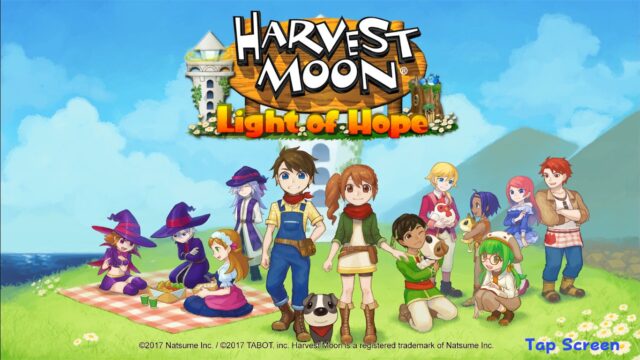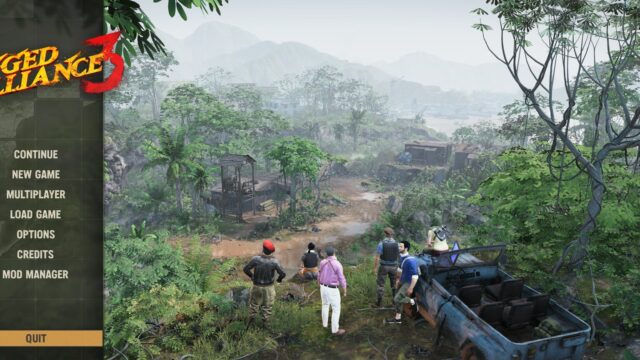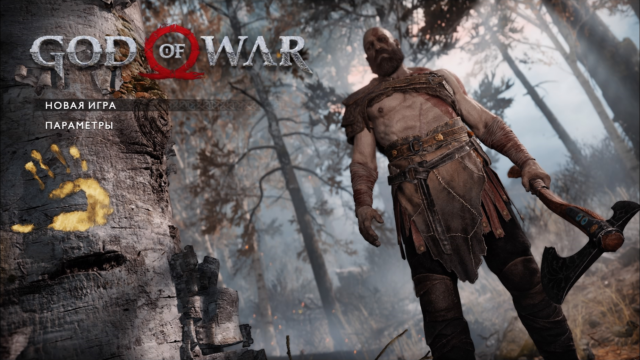For Honor Review
In Ubisoft, it seems that they miss PC slashers from the early 2000s as much as we do. Those unimpressive games in the category of “guys with swords fighting”, where deceptively simple appearance turned into months and years of honing reactions, memorizing combo attacks, and perfecting movements. Severance: Blade of Darkness, Rune, and especially the unforgettable Jedi Knight: Jedi Academy – everything that meets the Olympic requirements for combat technique clearly served as inspiration for For Honor.
And although its successor is not the most diligent, it retains and adapts the main ingredients of success in a modern multiplayer format. Besides, there isn’t much else to choose from, right?
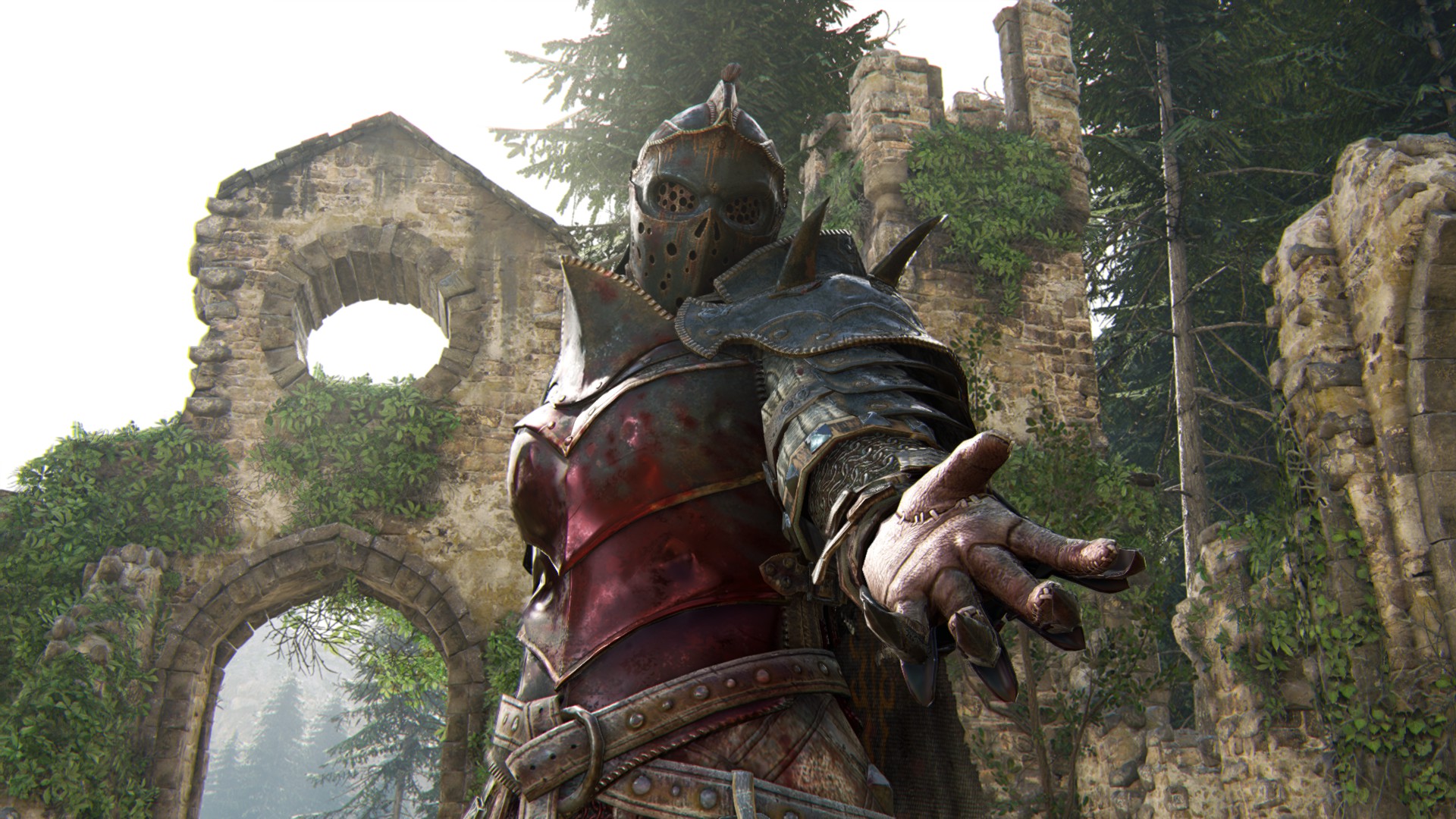
So, welcome to the alternative Middle Ages. After the most uninteresting nations disappeared from the face of the earth at the whim of Mother Nature, a war broke out between knights, samurais, and vikings. In large-scale battles of “4 vs 4” and noble duels, they fight for supremacy, and-uh… well… that’s it. Briefing over.
No matter how silly the premise may be, the straightforwardness of the For Honor concept is only for the better. Like a naive children’s crossover, it brings together three completely different factions because it’s more fun that way. The reasons don’t matter, the consequences don’t matter – what matters is that it diversifies the overall group of fighting men, the geography of battles, and therefore the gameplay.
Despite the fact that the class palette is the same for everyone (soldier, tank, assassin, and some unknown hybrid creature), each side of the conflict interprets it in their own way. So, the Vikings generally rely on wearing down the enemy with brute force, Japanese warriors usually stand out for their agility and speed, and the knights have an abundance of crosses on their armor. In total, we have not just alternative skins for the aforementioned quartet to choose from, but a whole dozen of characters with their own strengths and weaknesses, with radically different understandings of combat and unique lists of moves.
The battles themselves… one moment…

The basis of the battles is essentially a fencing guessing game. Heroes can strike from three directions, and to block them, you need to take the appropriate stance in time. If you managed to move the mouse to the right, the enemy’s sword bounces off your shield. If you quickly move the cursor up and attack, the opponent hesitates and gets hit with a club on his armored head. This is the essence of the mechanics, original, uncomplicated, and easy to understand. You can master it in a few minutes. However, achieving mastery is not a matter of one week.
Like any slasher game with a good combat system, For Honor has a handful of additional nuances. Stamina costs, combos, parrying, feints, grabs, throws, lunges, rolls, equipment – these are just a few layers that you need to discover and subsequently integrate into your technique. Thanks to these and other elements, the battles never devolve into stance juggling but become real mind games, dynamic and full of twists.
Even if a fragile Japanese lady is facing a pile of European steel towering three meters tall, it is impossible to predict how it will all end. In one moment, she may catch the shaft of a halberd with her face and lose almost all her health, and in another, she can bounce back to a safe distance and fully unleash the potential of her long naginata, not giving the enemy a single chance. But even then, between her attacks, there is a window of literally half a second, during which the knight can close the distance and throw the agile Asian woman into a pit with stakes. Deus vult, as they say.
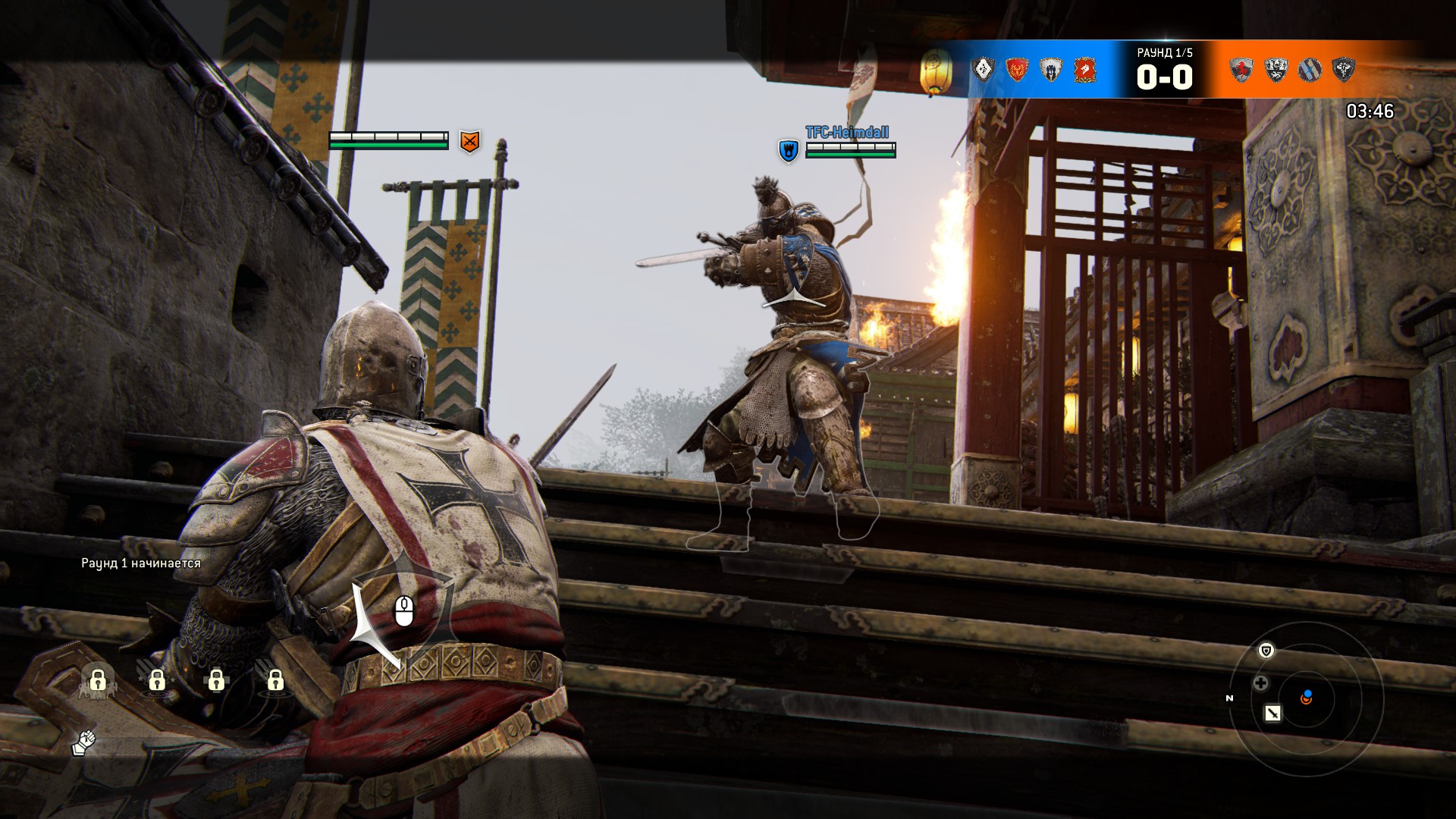

Everything is fine, but control over this happiness is rooted in the console ground, which is why it suffers. Full-fledged fencing here is carried out in a strictly defined mode with the camera fixed on the opponent, and this greatly limits freedom of action and the sense of space. It becomes unpleasantly difficult to see what is happening around and, moreover, to react adequately to the dynamics of the environment.
From this comes a great mischief – unequal fights. Despite the game’s telling name, ganking is not canceled, which often requires defeating two, three, or even four opponents at the same time. For Honor is weakly adapted to such tactics, so people calmly take advantage of it – after all, dishonorable duels end easily and quickly.
As a modest counterbalance to such scoundrels, there is a rage mode, which, in case of active pressing, gives a temporary increase in damage and health. Sometimes it really helps, but the presence of such a crutch is a highly debatable moment in principle.

He signals problems in the core itself, albeit carefully disguised. The same Jedi Academy does not inject midi-chlorians into the blood of a surrounded Jedi – because by default, the minority there has a chance to resist. A player can always defeat a group of enemies through skillful positioning or completely prevent such a situation by having enough information. However, For Honor restricts natural movements and hinders awareness, and tries to compensate for this with easily exploitable mechanics that are too unpredictable for a skill-dependent game.
However, this is only felt in the mass modes, which are not particularly interesting in themselves. Yes, “Territory Capture” and “Deadly Skirmish” are spectacular theaters of war, where you can indulge in a European version of Dynasty Warriors, trampling cardboard mobs, but we are clearly not here for that.
Duels. That’s the most delicious part. In single and paired battles, without group raids and objectives to complete, the game suddenly stops creaking gears. The controls become transparent, the pace slows down to a measured and thoughtful one, and the graceful combat system spreads its wings – and leaves you alone. Just you and your enemy. No obstacles to demonstrate your mastery.
It is noteworthy that…

Speaking about…

A-argh!
*sounds of keyboard banging against the desk*
Alright, enough hiding the elephant in the room. For Honor may delight with its fencing intricacies, but as long as it continues to function like this, you can take away half of the praise. A game with such a focus on timing should not pause every time someone leaves or joins a session, nor should it hang when there aren’t enough participants for the next match. Sometimes, in order to play a full match, you have to endure about five minutes of various errors that abundantly appear on the screen.
Whether it’s P2P or something else, no one cares. Stable connection is the foundation of a quality multiplayer, and any cracks in it harm everything else. It would be better if it lagged, honestly.
And yet, it doesn’t lag, damn it. Not at all. Ubisoft deserves credit for this – the maximum graphics preset only takes up 2 gigabytes of video memory, in return providing a modern, vibrant, and, most importantly, clean image. There is post-processing, but in surprisingly small proportions by today’s standards. It’s as if we’re back in the times when you didn’t have to squint to see the details in a blurry mess.
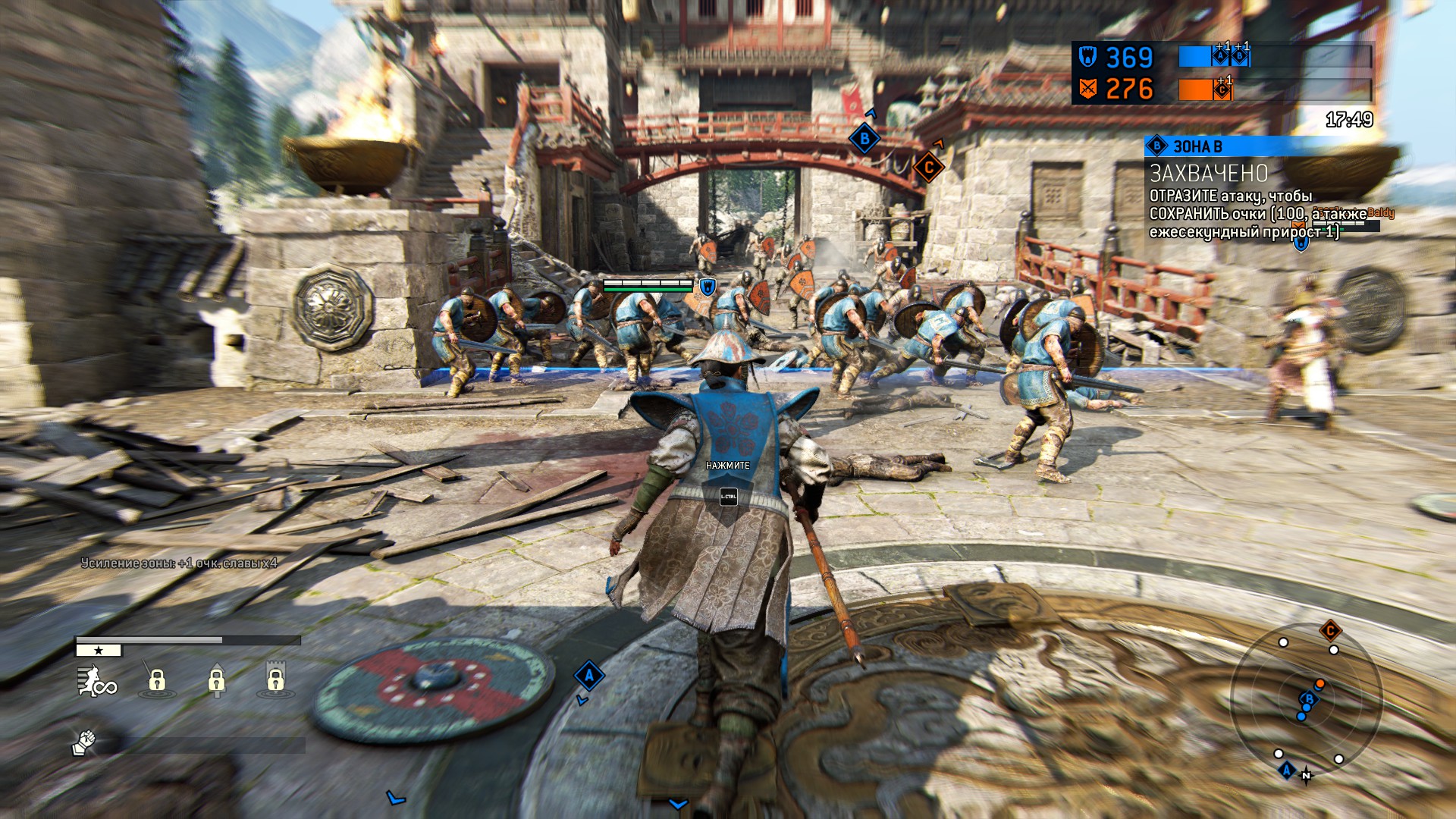
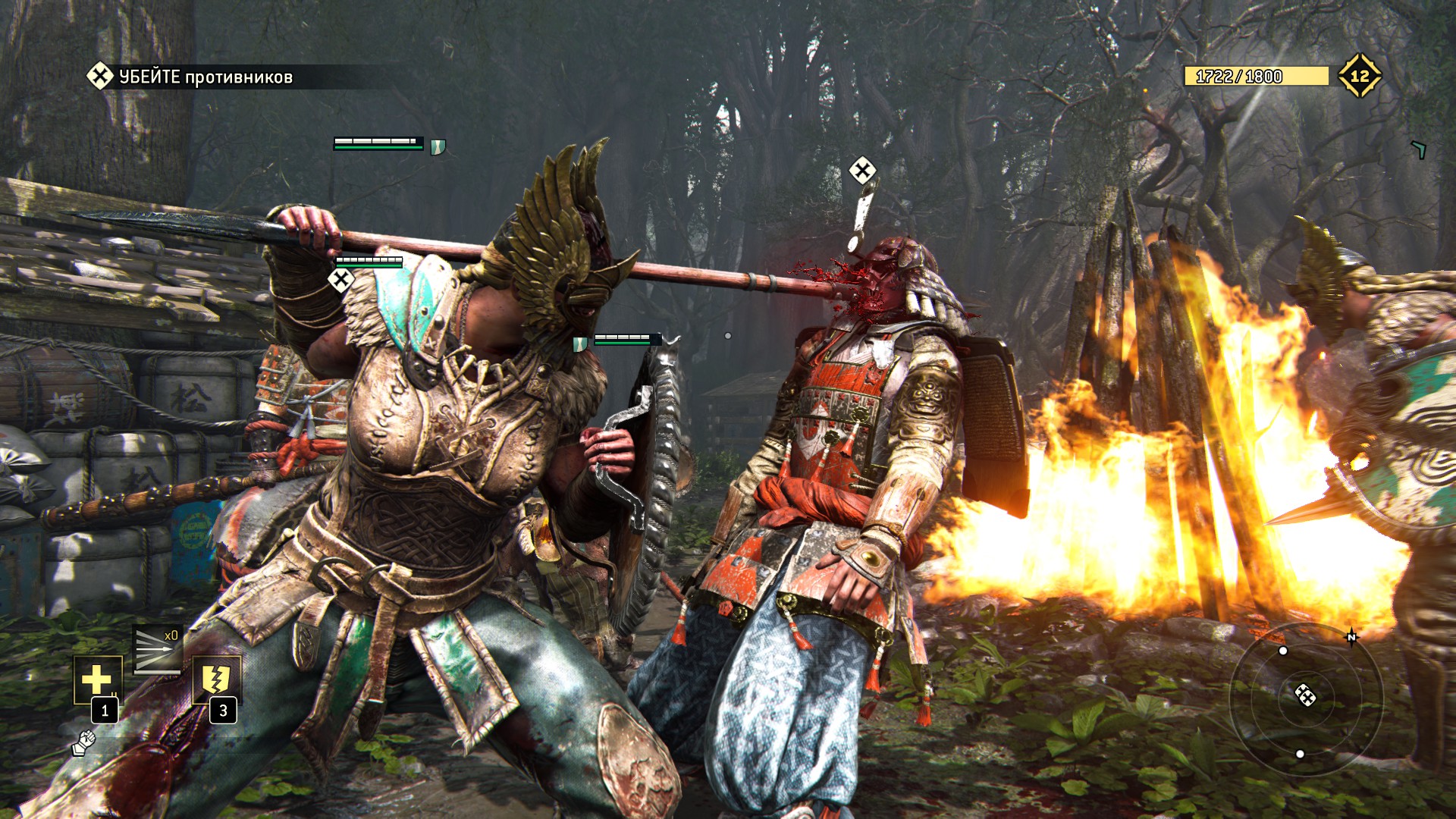
It has become a truly huge oversight to have an extremely unexpressive narrative mode. By God, the main commandment of games of this kind, “Do not create a single-player campaign above your multiplayer mode,” starts to get on your nerves. The single-player mode of For Honor could have been a proper Viking: Battle for Asgard – a grand semi-fantasy epic with a strong story and diverse situations – but it turned out to be a ten-hour long training corridor. Battlefield 1, richly sprinkled with rollers, but the impression of the uncreative beating of wave bots (quite clever, to be fair) changes little. The only thing that prevents me from quitting in the middle is the opportunity to suffer together with a friend – well, and rewards for customization in multiplayer. Everyone likes to dress up, don’t they?
* * *
In the introduction, we lied a little – there is something to choose from. Except for the dying War of the Roses in the coming days, people still play Chivalry, learn the intricacies of Mount & Blade, spin the peculiar Blade Symphony, and get acquainted with the no less whimsical Tiger Knight: Empire War, but it’s not quite the same. All known alternatives are either too superficial and trivial, or have the elegance of a Soviet designer, which, despite unlimited possibilities, is made with obvious aesthetic defects.
And here For Honor is somewhere in the middle. It combines the gloss of a big project with the deep mechanics of indie masters, it can do things beautifully, more or less conveniently, and very interestingly, which deserves close attention.
But it doesn’t become an instant classic, no matter how you twist it. At least, not yet: knowing Ubisoft, the game will undergo at least six months of careful polishing. That’s when we’ll see.
Share
Discuss
More Reviews

